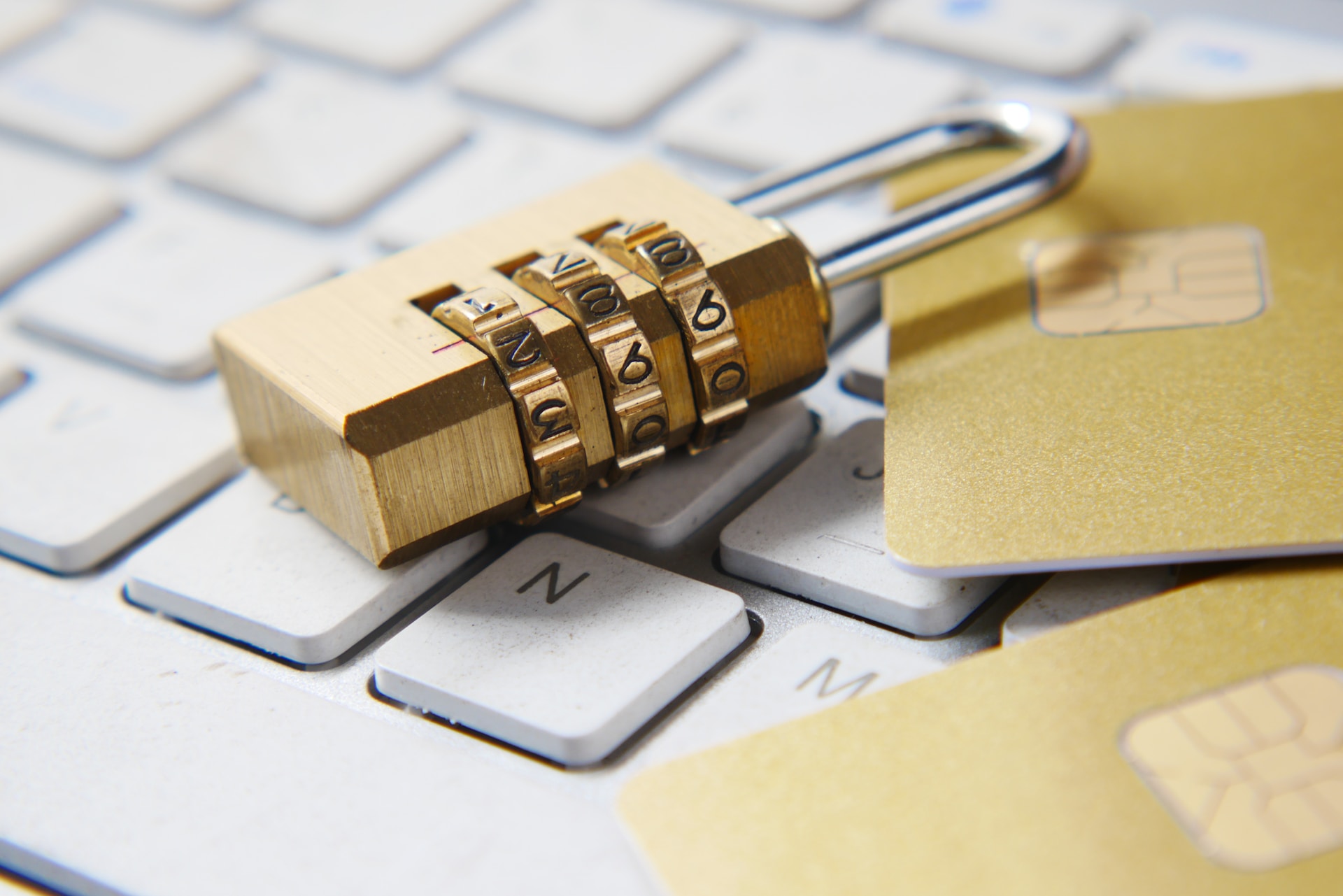If you are a victim of a data breach you will likely experience a wide range of negative emotions. These emotions may include denial, panic, anger, anxiety, guilt, depression, and helplessness. As your feelings become more intense, physical symptoms such as increased sweating, nausea, increased heart rate, trembling, restlessness, and insomnia may begin to manifest. In some cases, an online data breach may directly contribute to the development of diagnosable mental health issues such as anxiety, depression, and post traumatic stress disorder (PTSD).
According to a study conducted by the Department for Military Psychology Research of the German Armed Forces, “tactical breathing” is the best strategy to remain calm and under control when facing a difficult or threatening situation. Once emotional and cognitive balance have been regained, you are likely to make better decisions to get the situation resolved. This may include enlisting the services of cybersecurity experts, a lawyer who has experience with cases involving cybercrime, and a licensed mental health provider.
Of course, the most crucial step you can take is to protect your private data before a breach ever takes place. Read on to learn how data encryption can help.
The Role Of Encryption In Web Security: Safely Transmitting Data Online 2023
With the growing number of data breaches, hackers, and cybercriminals, encryption is a major go-to option to protect sensitive data. It’s the process of transforming data into an unbreakable code that hides its original meaning.
Businesses, governments, militaries, and individuals have historically used encryption to safeguard classified information. Encryption secures data on computers, external storage devices, and in transit via the internet. When transmitting data online, encryption contributes to web security in the following ways;
1. Authentication
Encryption verifies the authenticity and identity of individuals or systems involved in the data transmission. Digital signatures, unique identifiers tied to individuals or entities, can be created using encryption. These signatures serve as a means of authentication, confirming the origin and integrity of digital messages.
Strong security measures are essential in the metaverse, where vital interactions and transactions occur. Metaverify uses encryption to strengthen authentication and prevent unauthorized parties from accessing private information.
2. Confidentiality
Through encryption, you will achieve confidentiality by ensuring that only authorized personnel can access specific data. The encryption algorithms that promote web security usually scramble the transmitted data, making it unreadable to people without the decryption key. It would remain inaccessible even if such sensitive information encounters repeated interception on a compromised server.
Some of the areas which greatly deserve the confidentiality aspect provided by the encryption mechanism include financial transactions, personal details, and trade secrets.
3. Integrity
When a communication is safeguarded against tampering while in transit, its integrity is preserved. All encryption techniques successfully protect the unaltered message.
Both the encrypted code and the actual data are delivered to the recipient. The received information is used to reconstruct the encryption by the receiver. The decryption procedure will fail if the encrypted data has been tampered with, indicating that the data’s integrity has been breached.
4. Data Protection
Today’s organizations collect and store large quantities of data, ranging from accounting information to consumer profiles, much of which they would prefer to keep secret. Most data officers will opt for data encryption to safeguard sensitive information and ensure it’s only processed when needed.
Encryption can be challenging, but you must be familiar with data encryption’s ins and outs to protect your most valuable assets. Data decryption should only happen with the use of a special decryption key.
The demand for data protection is growing as data becomes easier to access and more valuable to cybercriminals. In addition, many organizations must comply with data protection regulations, many of which involve encryption.
5. Regulatory Compliance
Laws in many sectors and jurisdictions protect personal and sensitive data. Encryption is often recommended or even a legal requirement to stay in good standing with the law. It will confirm to the regulatory authorities that you care about customer privacy and that you meet industry standards.
It’s obvious that people have understood the need to keep their secrets safe for centuries. Today, safe encryption is no longer the exclusive preserve of governments thanks to technological advancements.
HIPAA (Health Insurance Portability and Accountability Act) is a law that mandates certain standards for the healthcare business and specifically mentions the use of encryption. The implementation of encryption to protect protected health information (PHI) is a minimum standard that any organization should meet.
If more than 500 protected health information (PHI) records are compromised, you must notify the OCR (Office of Civil Rights), which will investigate the incident. In addition to notifying the OCR, you must inform all affected patients that their protected health information was compromised.
Types of Encryption
The two main types of encryption are asymmetric and symmetric encryption. Symmetric encryption is more user-friendly because a single password or key may be used for the encryption and decryption process.
On the other hand, asymmetric encryption employs a pair of keys, one public and one private, to encrypt and decode data, respectively. The confidential key remains secret and is accessible only to the intended recipient, which is an additional security measure.
Apart from the main categories of encryption, other subcategories of encryption include;
- Network-level encryption: Vital data at the network transfer layer (between the data link and application layers) is encrypted using this method. Using network security solutions allows for more secure private communication across IP networks for businesses.
- End-to-end encryption: Information sent from one end of the channel to another is protected from prying eyes by end-to-end encryption (E2EE).
- FDE: Data on a hard disk can be encrypted using the forward-design encryption (FDE) approach, which operates at the hardware level. The hardware data is encrypted, so only people who know the password for the encryption can access it.
- Field-level encryption: Professionals employ field-level encryption on websites because it makes it possible to encrypt only the fields they need to access securely. The user may enter sensitive data, like social security or credit card numbers, in these fields.
- Link-level encryption: Data is encrypted, decrypted, and re-encrypted at the link level before it exits the host network. The security of this network can be improved by encrypting each link with a unique key.
- Column-level encryption: Data in a particular column can be encrypted using column-level encryption unique to databases. A password is required to view the information contained in these cells.
Conclusion
Encryption plays a crucial role in web security, safeguarding data during online transmission. It ensures authentication, confidentiality, and integrity of the transmitted information. Encryption helps organizations protect sensitive data, comply with regulations, and meet industry standards. It also ensures your personal data is protected online, which has a direct positive impact on your emotional and mental health long term.





